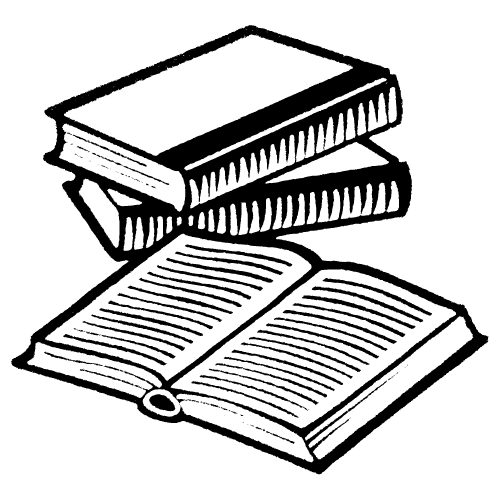
Student Notes: “Pride and Prejudice” by Jane Austen
Introduction:
- Published in 1813, “Pride and Prejudice” is a novel written by Jane Austen, set in Regency-era England.
- The story revolves around the Bennet family and explores themes of love, marriage, social class, and personal growth.
Plot Summary:
- The Bennet family consists of Mr. and Mrs. Bennet and their five daughters: Jane, Elizabeth, Mary, Kitty, and Lydia.
- Mrs. Bennet is determined to marry off her daughters to wealthy suitors to secure their future.
- When Mr. Bingley, a rich and eligible bachelor, moves to the neighborhood, Mrs. Bennet sees an opportunity for her daughters.
- Jane forms an affectionate connection with Mr. Bingley, while Elizabeth initially finds his friend, Mr. Darcy, arrogant and prideful.
- Elizabeth’s prejudices against Mr. Darcy begin to shift as she learns more about his character and motivations.
- Meanwhile, Lydia elopes with Mr. Wickham, a charming but unscrupulous man, causing a scandal that threatens the family’s reputation.
- Through various social gatherings and interactions, the characters navigate misunderstandings, societal expectations, and personal growth.
- Ultimately, Elizabeth overcomes her prejudice, and Mr. Darcy’s love for her triumphs over societal constraints, leading to their union.
Themes:
-
Love and Marriage:
- Austen explores different motivations for marriage, from pragmatic considerations to genuine affection.
- The pursuit of love is contrasted with the societal pressure to secure a suitable match for financial and social reasons.
- Elizabeth challenges societal expectations by seeking a love match rather than succumbing to societal pressures.
-
Social Class:
- The novel delves into the influence of social class on relationships and marriage prospects.
- Characters’ interactions are shaped by class-consciousness and the judgments associated with different social standings.
- The Bennet family’s lower social status poses challenges for the marriage prospects of the Bennet sisters.
-
Prejudice and First Impressions:
- Austen highlights the consequences of prejudging others based on first impressions.
- Elizabeth’s initial prejudice against Mr. Darcy blinds her to his true character, leading to misunderstandings.
- The novel explores the importance of looking beyond surface appearances and allowing personal growth and understanding to overcome prejudice.
-
Personal Growth and Self-Reflection:
- Many characters undergo personal growth throughout the story, reevaluating their prejudices and biases.
- Elizabeth’s journey from initial prejudice to genuine understanding is a central aspect of the narrative.
- Characters’ transformations reflect the power of self-reflection and the potential for personal growth.
-
Significance and Impact:
- “Pride and Prejudice” is considered one of Austen’s most popular and enduring works.
- The novel’s exploration of love, marriage, and societal expectations continues to resonate with readers of all ages.
- Austen’s wit, social commentary, and memorable characters have made the book a classic of English literature.
- The novel has been adapted into numerous film, television, and stage adaptations, further contributing to its cultural significance.
-
Conclusion:
- “Pride and Prejudice” offers a captivating exploration of love, marriage, and society in Regency-era England.
- Through the Bennet family’s experiences and the character development of Elizabeth Bennet, Austen delves into themes of social class, prejudice, and personal growth.
- The novel’s enduring popularity and cultural impact stem from its insightful portrayal of human relationships and the universal themes it addresses.





